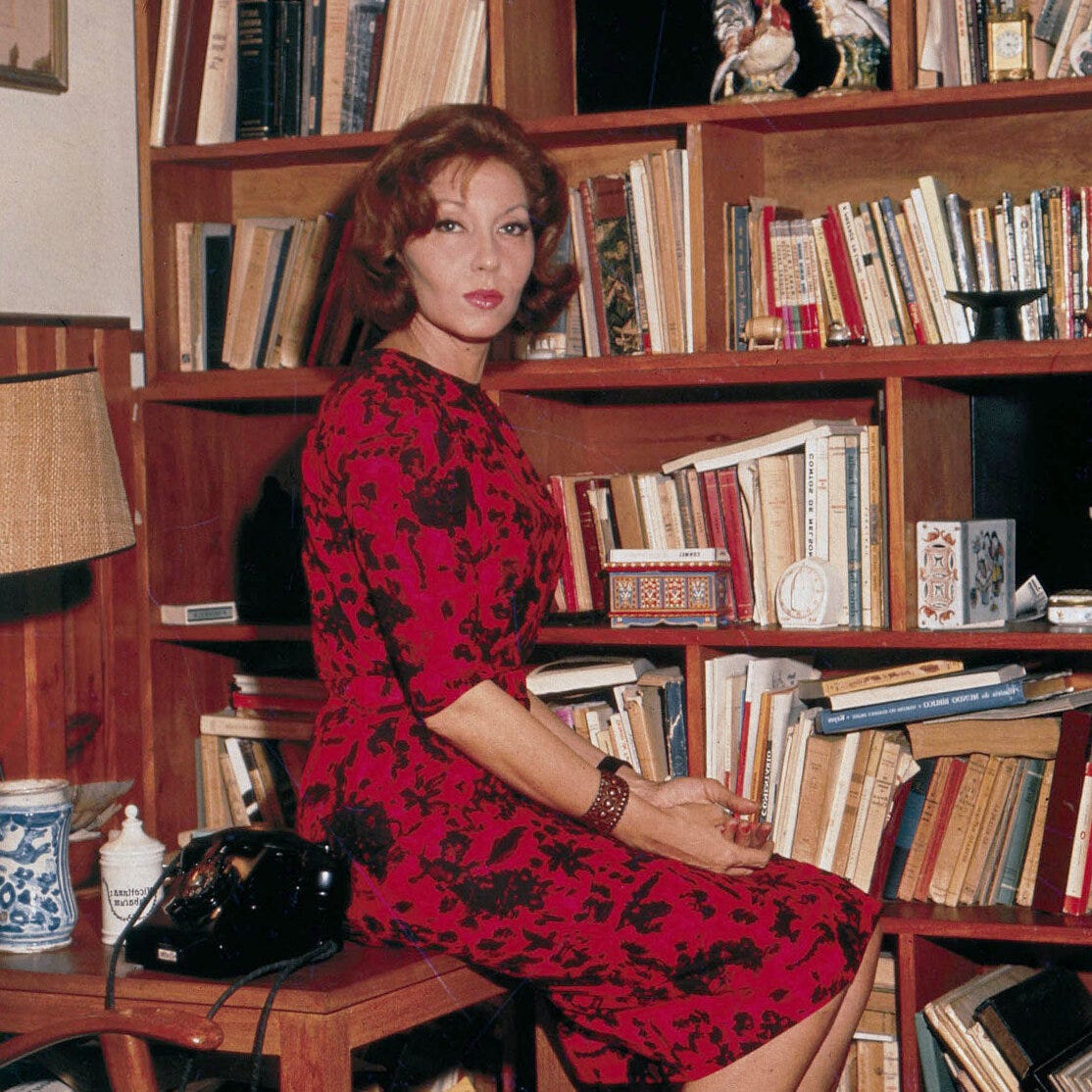And — and don’t forget that the structure of the atom cannot be seen but is nonetheless known. I know about a lot of things I’ve never seen. And so do you. You can’t show proof of the truest thing of all, all you can do is believe. Weep and believe.
That concludes the dedication of The Hour of The Star, by its author, Clarice Lispector. Like a meteor this little monster rips through your skull, burning intensely as you view the cadaver. Skin off. Inside out.
Seventy seven perfect pages of narrative that unfurl like nothing you’ve ever read before. Like watching a play from backstage. Or crawling, on all fours, into the skull of the storyteller and saddling up on the bar, having a drunken conversation with god’s omnipotence.
Yes. I am being grandiose. Let me get excited about this one thing. Ok? I burned through this technicolor dream twice.
Lispector is a vision. She breathes life into a narrator who is confident in everything but the story he’s telling — leaving the reader grasping for truth. Rummaging around for a middle, a beginning, and hitting you over the head with an end. But isn’t the end just another beginning?
We want to get the narrative straight, right? The beauty of order.
I am not here to recount plot. But if you must, the story, simply put, is about a middling woman who lives a middling existence in a poor neighborhood in Rio. She is content. Happy in her existence. At odds with the narrators idea of how she should feel. Creating some sort of weird tensions between god and gods creation.
I am here to talk about feeling. Books should make you feel. Something. Why not dizzy? We’re all just making it up anyway. Oh, am I rambling?
Sorry. I had to take a break.
You’ve reached the end. Until next time. We can begin again.




